| Origem | Literatura Estrangeira |
|---|---|
| Quantidade de Páginas | 124 |
| Acabamento | Capa Comum |
| Autores | Ko Tan |
| Idioma | Inglês |
| Edição | 3 |
| Selo | 2Nimble, Inc. |
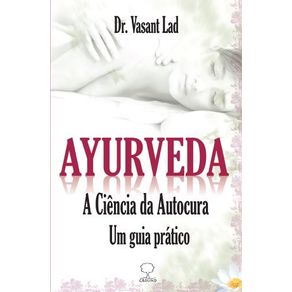 Ayurveda: A ciência da Autocura
Ayurveda: A ciência da Autocura
Editora Ground
R$ 58,90 à vista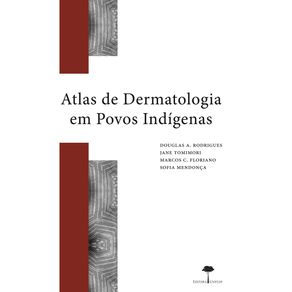 Atlas de dermatologia em povos indígenas
Atlas de dermatologia em povos indígenas
Editora Unifesp
R$ 49,00 à vista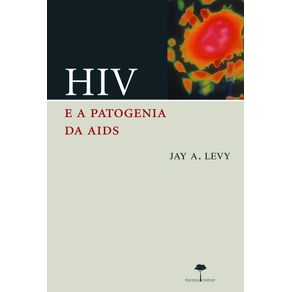 HIV e a patogenia da AIDS
HIV e a patogenia da AIDS
Editora Unifesp
R$ 150,00 ou até 3x sem juros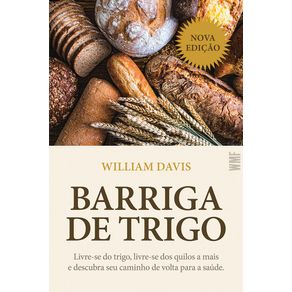 Barriga de trigo
Barriga de trigo
WMF Martins Fontes
R$ 69,90 à vista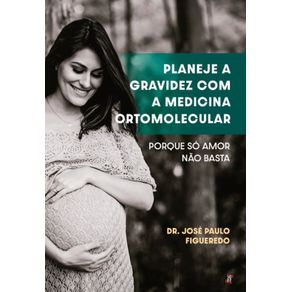 Planeje a gravidez com a medicina ortomolecular: porque só amor não basta
Planeje a gravidez com a medicina ortomolecular: porque só amor não basta
SGuerra Design
R$ 119,90 ou até 2x sem juros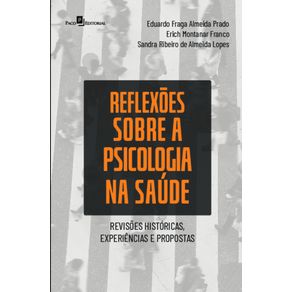 Reflexões sobre a psicologia na saúde: revisões históricas, experiências e propostas
Reflexões sobre a psicologia na saúde: revisões históricas, experiências e propostas
Paco Editorial
R$ 67,90 à vista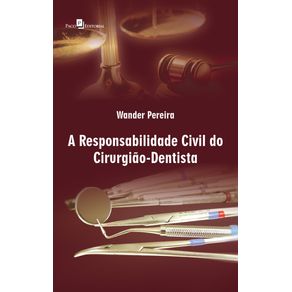 A responsabilidade civil do cirurgião-dentista
A responsabilidade civil do cirurgião-dentista
Paco Editorial
R$ 38,90 à vista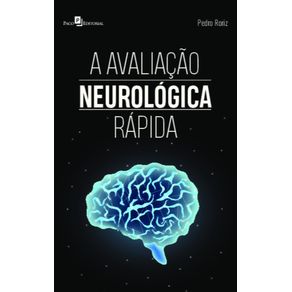 A avaliação neurológica rápida
A avaliação neurológica rápida
Paco Editorial
R$ 45,90 à vista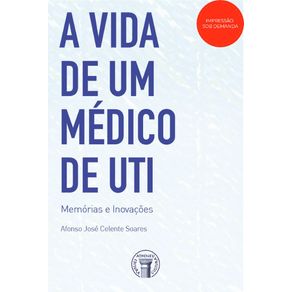 A vida de um médico de UTI e suas (poucas) inovações
A vida de um médico de UTI e suas (poucas) inovações
ATHENEU
R$ 133,00 ou até 2x sem juros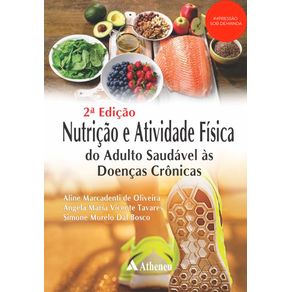 Nutrição e Atividade Física - Do Adulto Saudável às Doenças Crônicas - 2ª Edição (POD)
Nutrição e Atividade Física - Do Adulto Saudável às Doenças Crônicas - 2ª Edição (POD)
ATHENEU
R$ 447,00 ou até 3x sem juros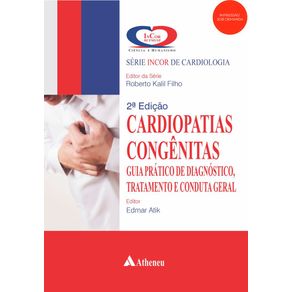 Cardiopatias Congênitas - Guia Prático de Diagnóstico, Tratamento e Conduta Geral - 2ª Edição
Cardiopatias Congênitas - Guia Prático de Diagnóstico, Tratamento e Conduta Geral - 2ª Edição
ATHENEU
R$ 439,00 ou até 3x sem juros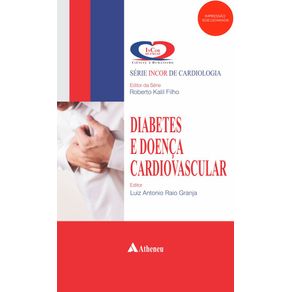 Diabetes e Doença Cardiovascular
Diabetes e Doença Cardiovascular
ATHENEU
R$ 269,00 ou até 3x sem juros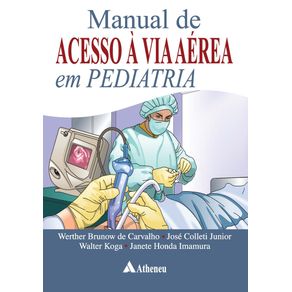 Manual de Acesso a Via Aérea em Pediatria
Manual de Acesso a Via Aérea em Pediatria
ATHENEU
R$ 163,00 ou até 3x sem juros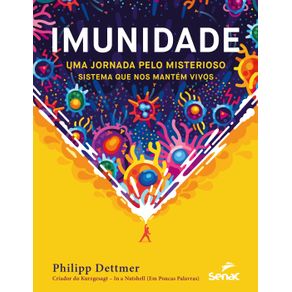 Imunidade
Imunidade
Senac São Paulo
R$ 155,00 ou até 3x sem juros O Que Aprendi Cuidando de Você
O Que Aprendi Cuidando de Você
ATHENEU
R$ 104,00 ou até 2x sem juros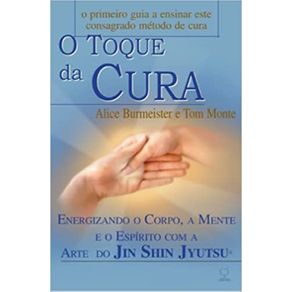 O Toque da Cura
O Toque da Cura
Aquariana
R$ 55,00 à vista Atlas de dermatologia em povos indígenas
Atlas de dermatologia em povos indígenas
Editora Unifesp
R$ 49,00 à vista Barriga de trigo
Barriga de trigo
WMF Martins Fontes
R$ 69,90 à vista Reflexões sobre a psicologia na saúde: revisões históricas, experiências e propostas
Reflexões sobre a psicologia na saúde: revisões históricas, experiências e propostas
Paco Editorial
R$ 67,90 à vista Corpomovimento: vivências em arteterapia
Corpomovimento: vivências em arteterapia
Paco Editorial
R$ 58,90 à vista A avaliação neurológica rápida
A avaliação neurológica rápida
Paco Editorial
R$ 45,90 à vista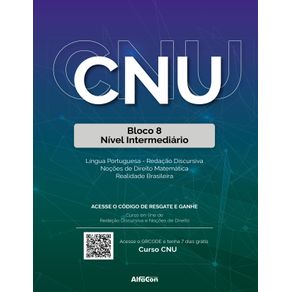 CNU - Concurso Nacional Unificado
CNU - Concurso Nacional Unificado
Alfacon
R$ 96,90 à vista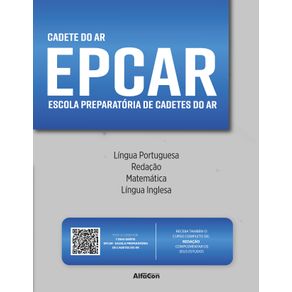 EPCAR - Escola Preparatória de Cadetes do Ar
EPCAR - Escola Preparatória de Cadetes do Ar
Alfacon
R$ 56,90 à vista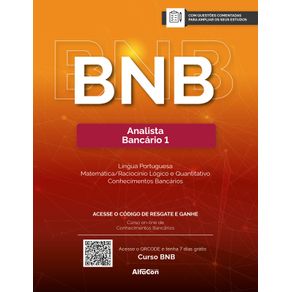 BNB - Banco do Nordeste do Brasil
BNB - Banco do Nordeste do Brasil
Alfacon
R$ 69,90 à vista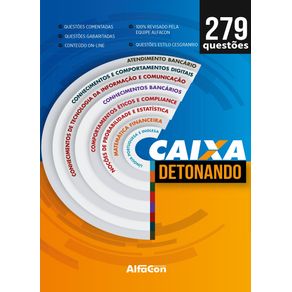 Detonando a Caixa Econômica Federal
Detonando a Caixa Econômica Federal
Alfacon
R$ 59,90 à vista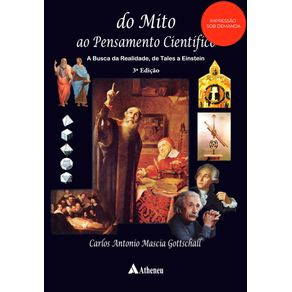 Do Mito ao Pensamento Científico – A Busca da Realidade, de Tales a Einstein - 3ª Ed
Do Mito ao Pensamento Científico – A Busca da Realidade, de Tales a Einstein - 3ª Ed
ATHENEU
R$ 145,00 ou até 2x sem juros A vida de um médico de UTI e suas (poucas) inovações
A vida de um médico de UTI e suas (poucas) inovações
ATHENEU
R$ 133,00 ou até 2x sem juros Nutrição e Atividade Física - Do Adulto Saudável às Doenças Crônicas - 2ª Edição (POD)
Nutrição e Atividade Física - Do Adulto Saudável às Doenças Crônicas - 2ª Edição (POD)
ATHENEU
R$ 447,00 ou até 3x sem juros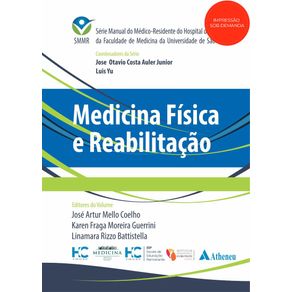 Medicina Física e Reabilitação (POD)
Medicina Física e Reabilitação (POD)
ATHENEU
R$ 627,00 ou até 3x sem juros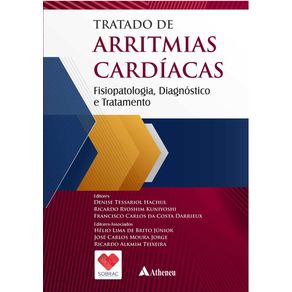 Tratado de Arritmias Cardíacas
Tratado de Arritmias Cardíacas
ATHENEU
R$ 1.148,00 ou até 3x sem juros O Toque da Cura
O Toque da Cura
Aquariana
R$ 55,00 à vista Atlas de dermatologia em povos indígenas
Atlas de dermatologia em povos indígenas
Editora Unifesp
R$ 49,00 à vista HIV e a patogenia da AIDS
HIV e a patogenia da AIDS
Editora Unifesp
R$ 150,00 ou até 3x sem juros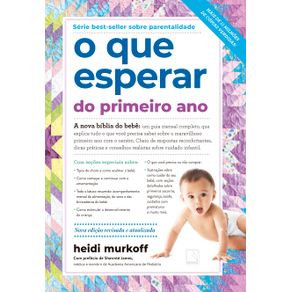 O que esperar do primeiro ano
O que esperar do primeiro ano
RECORD
R$ 189,90 ou até 3x sem juros Reflexões sobre a psicologia na saúde: revisões históricas, experiências e propostas
Reflexões sobre a psicologia na saúde: revisões históricas, experiências e propostas
Paco Editorial
R$ 67,90 à vista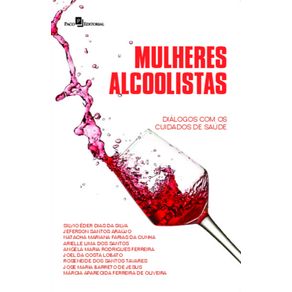 Mulheres alcoolistas:diálogos com os cuidados de saúde
Mulheres alcoolistas:diálogos com os cuidados de saúde
Paco Editorial
R$ 39,90 à vista Corpomovimento: vivências em arteterapia
Corpomovimento: vivências em arteterapia
Paco Editorial
R$ 58,90 à vista Território e promoção da saúde: perspectivas para a atenção primária à saúde
Território e promoção da saúde: perspectivas para a atenção primária à saúde
Paco Editorial
R$ 53,90 à vista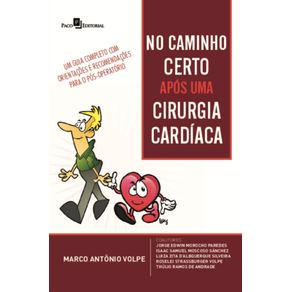 No caminho certo após uma cirurgia cardíaca: um guia completo com orientações e recomendações para o pós-operatório
No caminho certo após uma cirurgia cardíaca: um guia completo com orientações e recomendações para o pós-operatório
Paco Editorial
R$ 91,90 à vista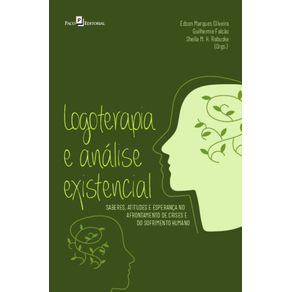 Logoterapia e análise existencial: saberes, atitudes e esperança no afrontamento de crises e do sofrimento humano
Logoterapia e análise existencial: saberes, atitudes e esperança no afrontamento de crises e do sofrimento humano
Paco Editorial
R$ 52,90 à vista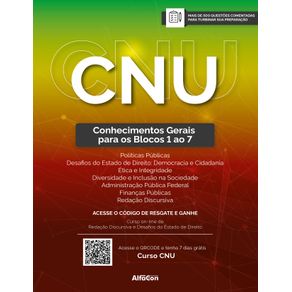 CNU - Concurso Nacional Unificado
CNU - Concurso Nacional Unificado
Alfacon
R$ 107,90 ou até 2x sem juros Detonando a Caixa Econômica Federal
Detonando a Caixa Econômica Federal
Alfacon
R$ 59,90 à vista Do Mito ao Pensamento Científico – A Busca da Realidade, de Tales a Einstein - 3ª Ed
Do Mito ao Pensamento Científico – A Busca da Realidade, de Tales a Einstein - 3ª Ed
ATHENEU
R$ 145,00 ou até 2x sem juros Nutrição e Atividade Física - Do Adulto Saudável às Doenças Crônicas - 2ª Edição (POD)
Nutrição e Atividade Física - Do Adulto Saudável às Doenças Crônicas - 2ª Edição (POD)
ATHENEU
R$ 447,00 ou até 3x sem juros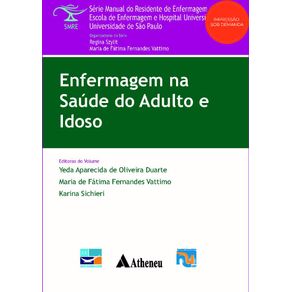 Enfermagem na Saúde do Adulto e Idoso - Volume 2
Enfermagem na Saúde do Adulto e Idoso - Volume 2
ATHENEU
R$ 530,00 ou até 3x sem juros